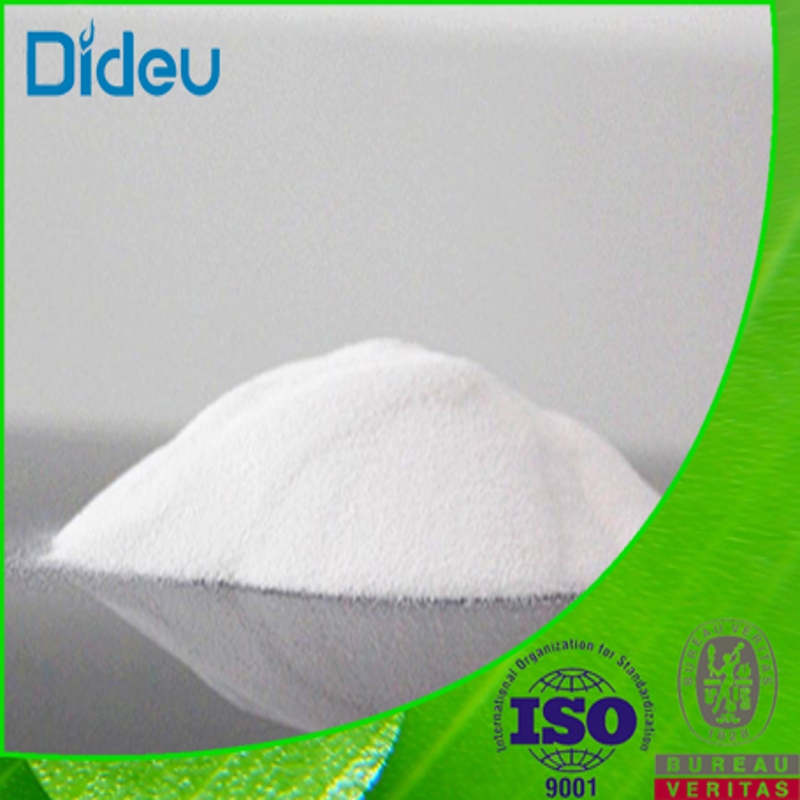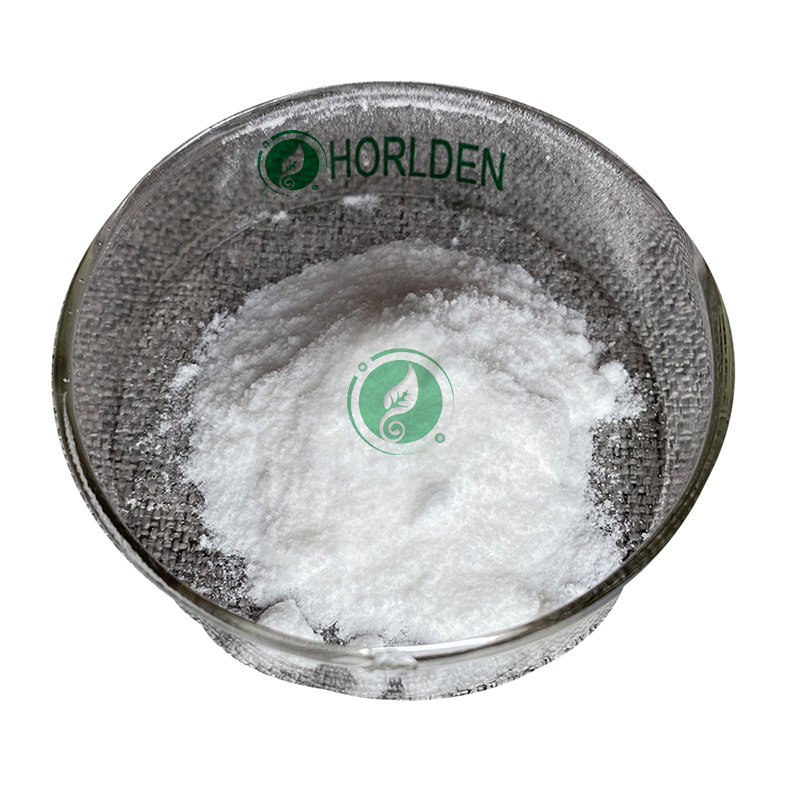Cosmetic Ingredient
- • Abrasive (124)
- • Absorbent (84)
- • Anticaking (66)
- • Anticorrosive (25)
- • Antifoaming (19)
- • Antimicrobials (290)
- • Antioxidant Ingredient (393)
- • Antiperspirant (20)
- • Antiplaque (48)
- • Anti-seborrheic (38)
- • Anti-sebum (39)
- • Antistatic (458)
- • Astringent (162)
- • Binding Agent (172)
- • Bleaching Agent (53)
- • Buffering (191)
- • Bulking (109)
- • Chelating (122)
- • Cleansing (679)
- • Cosmetic Colorant (212)
- • Cosmetic Preservative (158)
- • Denaturant (45)
- • Deodorant (98)
- • Depilatory (27)
- • Dissolving Agent (298)
- • Emollient (795)
- • Emulsifying Agent (480)
- • Emulsion Stabilising (154)
- • Exfoliating (19)
- • Film Forming (299)
- • Flavouring (72)
- • Foam Boosting (161)
- • Foaming (101)
- • Fragrance Ingredient (726)
- • Gel Forming (19)
- • Hair Conditioning (670)
- • Hair Dyeing (363)
- • Hair Fixing (36)
- • Hair Waving or Straightening (45)
- • Humectant (282)
- • Hydrotrope (92)
- • Keratolytic (20)
- • Light Stabilizer (80)
- • Moisturising Agent (50)
- • Nail Conditioning (42)
- • Occlusive (20)
- • Opacifying (119)
- • Oral Care (123)
- • Oxidising (19)
- • Perfuming (2105)
- • Plasticiser (98)
- • Propellant (19)
- • Reducing (50)
- • Refatting (12)
- • Refreshing (26)
- • Skin Cleansing (388)
- • Skin Conditioning (1751)
- • Skin Humectant (21)
- • Skin Protecting (282)
- • Smoothing (31)
- • Soothing (71)
- • Tonics (155)
- • UV Filter (34)
- • Viscosity Controlling (532)
Chemicals as Skincare Ingredients
Related News
-
Price Surge Alert as Major Suppliers Increase Barium Sulfate Costs by 200 Yuan per Ton
2025-03-20 -
Shell Considers Partnering with the U.S. and Closing European Chemical Assets
2025-03-26 -
Quaker Houghton Acquires Dipsol Chemicals, Strengthening Advanced Solutions Portfolio
2025-03-27 -
AstraZeneca to Invest $2.5 Billion to Establish Global Drug R&D Center in Beijing
2025-03-25 -
Saudi Aramco CEO: Invest in downstream projects in China's energy, chemical and other fields
2025-03-28 -
Dow's Silicones Downstream Expansion Project in Zhangjiagang Launches and Drives Market Innovation
2025-03-21
Light Stabilizer
Cellulose
(9004-34-6)2. ACCEL-101 is most widely used for direct compression tableting and wet granulation.ACCEL-102 has similar compression properties to ACCEL-101. However, it has larger particle size and therefore, may be of value in improving the flow if fine powders.ACCEL
-
Food Grade / -
-
Chemical Grade / 99%
$1/KG FOB
-
- / 99.00%
-
Food Grade / 99%
Cholesterol
(57-88-5)2. Cholesterol is a major component of all biological membranes; ~25% of total brain lipid is Cholesterol. Cholesterol is the principal sterol of the higher animals. Cholesterol was found in all body tissues, especial in the brain, spinal cord, and in animal fats or oils. Cholesterol is the main constituent of gallstones.
3. Cholesterol be used as pharmaceutical intermediates and be used as synthetic materials of liquid crystal polymers.
-
Cosmetics Grade / 95%
$120-125/KG FOB
-
Cosmetics Grade / 98%
$4800-5300/KG EXW
-
Cosmetics Grade / 99%
-
Pharmacy Grade / 99%
$1.75-2/KG FOB
Request for quotation , get quotes from more suppliers.
Crotonic acid
(3724-65-0)-
Industrial Grade / 99%
-
Industrial Grade / 99%
-
![Crotonic acid buy Crotonic acid]()
-
![Crotonic acid buy Crotonic acid]()
Industrial Grade / 99%
Request for quotation , get quotes from more suppliers.
-
-
- / 99.00%
-
-
Pharmaceutical Grade / 99%
Request for quotation , get quotes from more suppliers.
Calcium pyrophosphate (Ca2P2O7)
(7790-76-3)-
Industrial Grade / 99%
-
Industrial Grade / 99%
-
-
Reagent Grade / 99%
$7-8/KG FOB
Request for quotation , get quotes from more suppliers.
More Information
Light stabilizers are additives used to protect materials such as plastics, coatings, and textiles from the harmful effects of UV radiation. Exposure to sunlight can lead to degradation and discoloration of these materials, compromising their appearance and mechanical properties.
Light stabilizers serve as a shield against UV radiation, preventing premature aging and degradation of the material. They work by absorbing UV light and dissipating it as harmless heat or by inhibiting the photochemical reactions that cause degradation. Incorporating light stabilizers into formulations ensures the longevity and aesthetic appeal of the final product, maintaining its color, strength, and overall performance even under prolonged exposure to sunlight.
Common types of light stabilizers include:
•UV absorbers
•Hindered amine light stabilizers (HALS)
•Quenchers


























